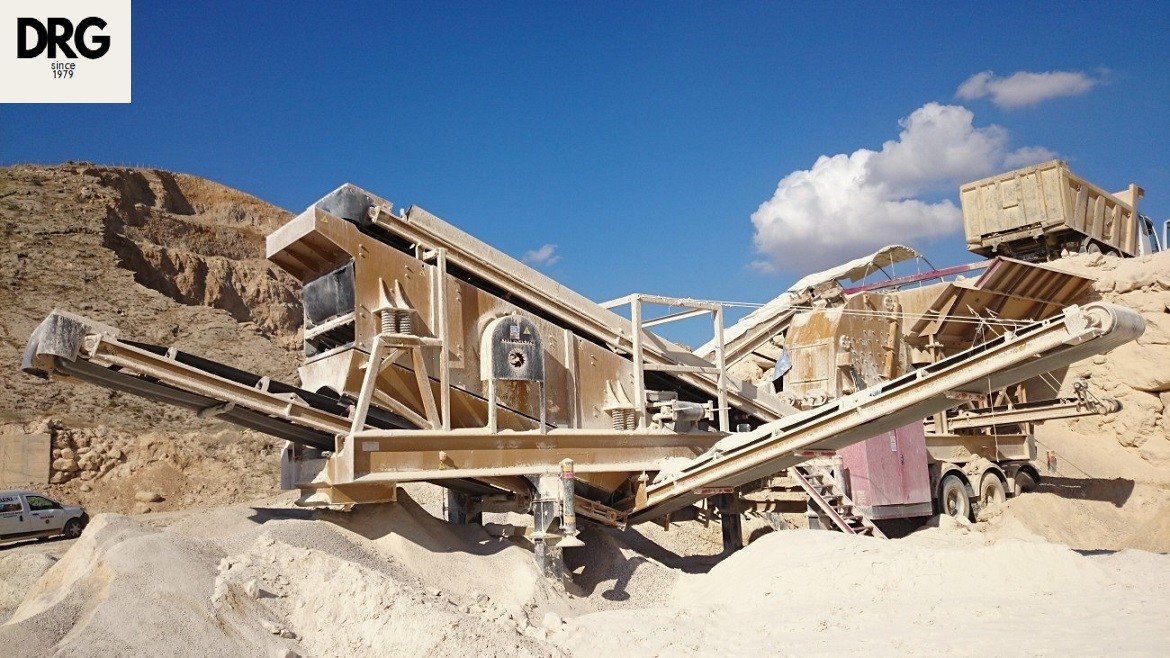Rock Crushing and Screening Plant Manufacturing
Introduction:
Rock crushing and screening plants play a fundamental role in the mining, construction, and infrastructure industries. These facilities are designed to reduce natural stone into desired sizes and make these materials suitable for use in the construction sector.
Purpose and Applications:
The primary purpose of crushing and screening plants is to break large rock masses into smaller pieces and classify these pieces according to specific size fractions. The resulting materials are widely used in concrete production, road construction, asphalt plants, filling materials, and railway ballast.
Production Process:
-
Raw Material Intake: Large rocks extracted from quarries or mines are transported to the plant.
-
Pre-screening: Oversized materials are screened using vibrating screens to remove unsuitable sizes.
-
Crushing Process:
-
Primary Crushers: Jaw crushers are used to break down the initial large stones.
-
Secondary and Tertiary Crushers: Cone crushers, impact crushers, or vertical shaft crushers further reduce the material size.
-
-
Screening: Crushed materials are separated into different fractions (e.g., 0-5 mm, 5-12 mm, 12-25 mm) by vibrating screens.
-
Storage and Delivery: The final products are transported via conveyor belts to stockpiles and then dispatched to customers.
Plant Components:
-
Feeding bunker
-
Vibrating screen
-
Jaw crusher
-
Cone or impact crusher
-
Conveyor belt systems
-
Dust suppression systems
-
Automation and control panel
Environmental Measures:
Dust and noise pollution must be controlled. Modern plants use water spray systems, enclosed crushers, and soundproofing to minimize environmental impact.
 English
English
 Le français
Le français
 Türkçe
Türkçe

